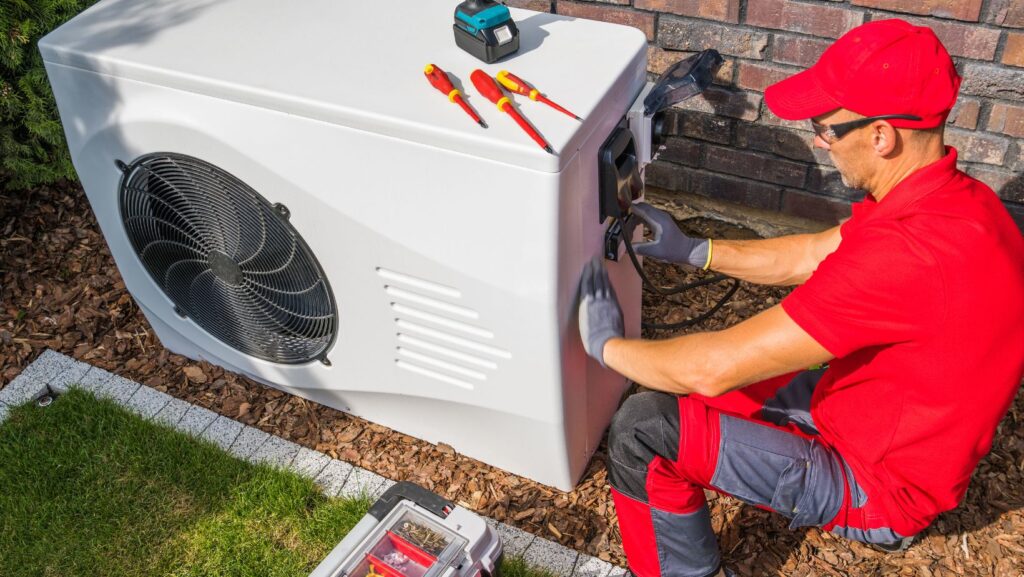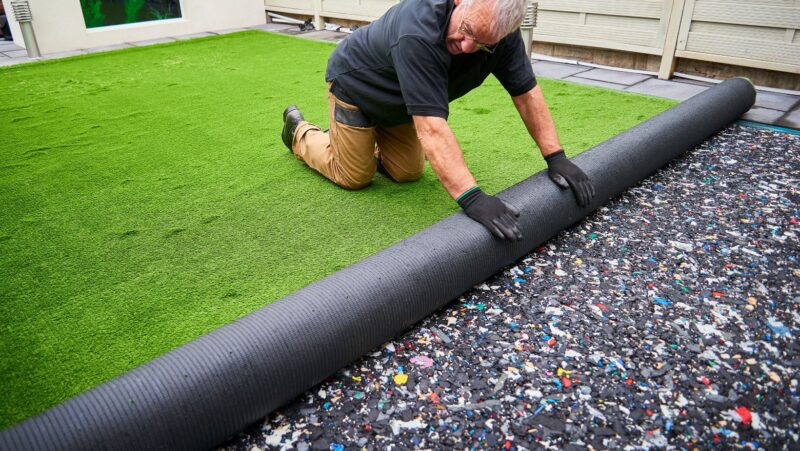
Perhaps you’ve heard or even used the term “HVAC” and have an idea of what it refers to. But do you know exactly what does HVAC stand for?
In short, “HVAC” stands for heating, ventilation, and air conditioning. It describes the system used to move air between indoor and outdoor areas for heating or cooling them.
If you’re a residential or commercial property owner, this term shouldn’t sound so unfamiliar and confusing. But, if it is, don’t worry! In this article, you can learn everything you need about HVAC systems and their operation, components, and other important aspects. Read on!
What Does “HVAC” Mean?
As mentioned above, the term “HVAC” describes the different systems used to heat or cool spaces.
How Do HVAC Systems Work?
Your air conditioning (AC) unit can ensure your spaces are cool and fresh when temperatures rise during hot summer days, while your heating system will keep you warm and cozy in the freezing winter.
An HVAC unit also features a ventilation system that filters and cleans indoor air to improve its quality and keep it healthy. Additionally, it regulates humidity levels to ensure comfort throughout the area where it’s installed.
HVAC systems are used in both residential and commercial properties.
What Is the Purpose of HVAC Systems?
In simple terms, HVAC systems not only heat or cool spaces but also do the following:
- Improve indoor air quality
- Regulate humidity levels
- Create healthy environments
- Provide comfort in different circumstances
The Components of an HVAC System
An HVAC system has many different parts. Some are outside the property, but many remain inside. While they all serve different purposes, these components work together to keep spaces at the desired temperature, improve air quality, and provide the comfort you need.
The complete list is much longer, but these are the components you’ll likely see in your HVAC system:
Central Air Conditioner
The air conditioner, also known as the “air conditioning unit” or just “AC,” is an important part of an HVAC system. This component is responsible for transferring heat and humidity from the inside to the outside in order to cool spaces.
These devices come in different types, sizes, and models. Some central air conditioning units are available in single-stage, two-stage, and variable-speed systems, which means their cooling capacity can vary, too. Therefore, it’s important to choose the right option.
Even if your property is in an area with inclement heat and the most humid conditions, a properly sized air conditioning system can regulate the temperature by cooling the air inside your spaces and providing comfort.
Heat Pump
As the name suggests, heat pumps are used to heat spaces. However, these devices can also cool them.
Using refrigerant and an evaporator coil, a heat pump absorbs heat and then transports it and releases it into a specific area. But, this flow can be reversed based on whether you need heating or cooling.
A heat pump system can also be single-stage, two-stage, and variable-speed. Plus, you can find electric options and devices that burn fossil fuels.
Furnace
Air-source heat pumps use electricity to heat and cool areas, but there’s another important component in a heating system: the furnace.
Although some types operate on electricity, the most common furnaces burn a fuel source, such as natural gas or propane, to create heat and warm spaces.
Furnaces are used to heat the air inside a property. After burning natural gas or propane, these devices distribute the heat throughout your spaces to increase the indoor temperature.
Air Handling Unit
Also known as an “air handler,” this component will help warm and cool air circulate throughout your property so that each area or room has the desired temperature.

More often than not, air handlers are paired with heat pumps or air conditioning (AC) units.
Ductwork
This system comprises all the ducts or pipes, often made of sheet metal or flexible materials, that carry and transport air from all HVAC units, including furnaces, heat pumps, air conditioners, and air handlers.
Ductwork should be properly sized and installed to avoid common issues, such as clogging or leaks.
Humidifier/Dehumidifier
A heating and cooling system usually has a humidity control unit, too, and it can be classified into one of two categories:
- Humidifier: It increases humidity in dry air when the weather is arid and during the winter.
- Dehumidifier: It can regulate humidity levels when they are high or in properties with a single-stage AC unit.
Air Cleaner
HVAC units can also integrate air cleaners or air purification systems, which capture allergens, bacteria, viruses, and other pollutants to improve indoor air quality.
These devices perform the purification process before the air reaches the HVAC system and spreads throughout the room.
Ventilation System
Ventilation systems are designed to keep fresh air circulating throughout your property. That’s what the “V” in HVAC refers to.
Such systems use ducts, vents, and filters to remove dust, dirt, and other particles from the air, making it healthy to breathe and transporting it through spaces for heating or cooling.
You can use a ductless system, also known as a mini-split, to reduce energy costs if you only have to cool or heat a single room. Mechanical ventilation is another option used in tightly insulated properties.
Thermostat
Located inside the property, it’s one of the most important parts of heating and air conditioning systems. The thermostat tells the rest of the HVAC unit that you’ve changed the temperature to be warmer or cooler.
There are different types of thermostats, including smart ones that allow you to set humidity levels, create custom temperature schedules, and monitor the system remotely.
Water Heaters
These devices provide hot water for different purposes and are sometimes integrated with HVAC systems that use heat pumps for heating and cooling. However, this isn’t necessary.
Heat pumps can also be used to heat water, which promotes energy efficiency, lower costs, and protects the environment.
Different Types of HVAC Systems
There are different types of HVAC systems, but these are the most common:
- Split system: This matched system combines an indoor device (air handler or furnace) and an outdoor unit (heat pump or AC).
- Dual-fuel heat pump system: It features an indoor gas furnace and an outdoor electric heat pump, providing two efficient options for heating spaces in different climate conditions.
- Ductless mini-split system: This option has an outdoor condenser or compressor unit and one or more indoor devices and is often used in properties with no ductwork, new construction, or areas that require optimal heating and cooling.
- Packaged system: It features a sleek cabinet that contains the heating and cooling units and is often used for smaller spaces.
How to Choose the Right HVAC System
Choosing the right type of system for your property will depend on several factors, such as:
- The climate of your area
- Your energy efficiency needs
- The size of your property
- Your budget, considering costs for maintenance, AC replacement, and other services
- Your future plans, such as renovations or additions

Once you assess your property and needs, define maintenance requirements, and budget for installation and potential HVAC replacement costs, it’ll be easier to find the right system.
If you still need help, don’t hesitate to contact an HVAC technician for advice!
Final Thoughts
An HVAC unit is essential to keeping your residential or commercial property at the right temperature, ensuring you breathe healthy air, and creating a comfortable environment. However, these systems must be installed, repaired, and replaced by professionals.
Do you want to install a new system, replace your furnace and another malfunctioning part, or just perform regular maintenance? Find someone with extensive experience in HVAC in Los Angeles, ask questions to assess their customer service, compare prices, and choose the best option!












